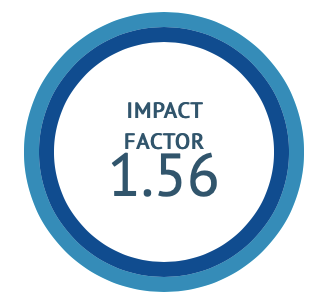Safety and Good Governance
DOI:
https://doi.org/10.47552/ijam.v16iS1.5986Keywords:
Mahakumbh, security arrangements, infrastructure, technology, public welfareAbstract
The Mahakumbh is a massive religious and cultural gathering held at Prayagraj, India, attracting millions of devotees from across the globe. The state government has meticulously planned and implemented numerous safety and infrastructure measures to ensure the smooth and secure operation of the Mahakumbh 2025. Over 50,000 security personnel, including police, home guards, and specialized teams such as NDRF and SDRF, are deployed to manage the large-scale event. Cutting-edge technology, including over 2700 AI-powered CCTV cameras and various other surveillance systems, is employed for real-time monitoring. The fair area is equipped with essential amenities, such as fire stations, water police control rooms, and fire-fighting robots, ensuring prompt response to emergencies. The state government has also focused on improving the infrastructure, with the construction of new bridges, roads, and power sub-stations. A significant emphasis is placed on improving transportation with upgrades to Prayagraj Airport, railway stations, and roadways to handle the influx of devotees. Additionally, F.R. codes are being introduced for easy access to essential services such as emergency healthcare, food, and accommodation. The preparations for Mahakumbh 2025 reflect a fusion of tradition and modernity, with technological advancements enhancing the experience of the devotees. This strategic blend ensures the efficient handling of the largest religious congregation in the world.
Downloads
Published
How to Cite
Issue
Section
License
Copyright (c) 2025 International Journal of Ayurvedic Medicine

This work is licensed under a Creative Commons Attribution-NonCommercial-ShareAlike 4.0 International License.
The author hereby transfers, assigns, or conveys all copyright ownership to the International Journal of Ayurvedic Medicine (IJAM). By this transfer, the article becomes the property of the IJAM and may not be published elsewhere without written permission from the IJAM.
This transfer of copyright also implies transfer of rights for printed, electronic, microfilm, and facsimile publication. No royalty or other monetary compensation will be received for transferring the copyright of the article to the IJAM.
The IJAM, in turn, grants each author the right to republish the article in any book for which he or she is the author or editor, without paying royalties to the IJAM, subject to the express conditions that (a) the author notify IJAM in advance in writing of this republication and (b) a credit line attributes the original publication to IJAM.





